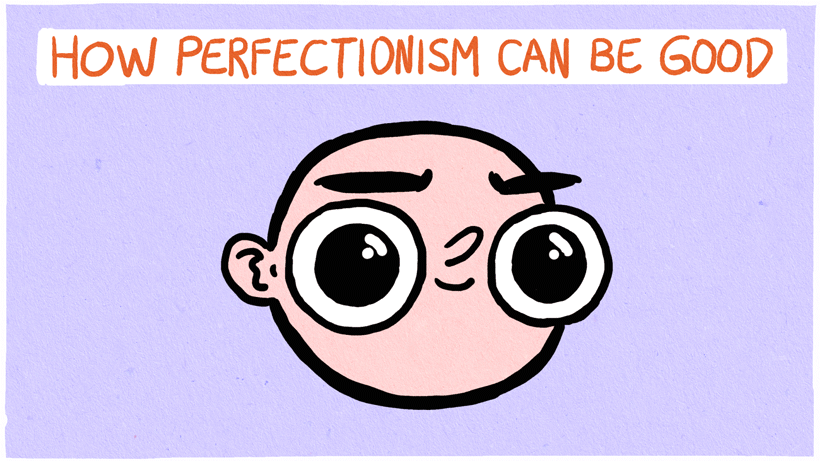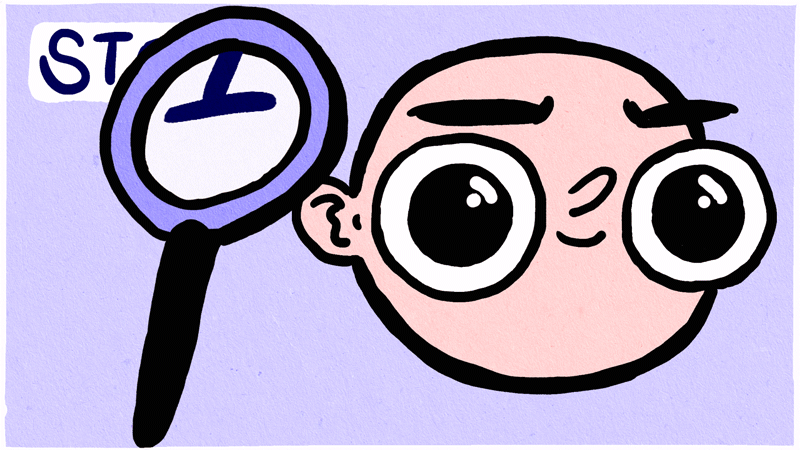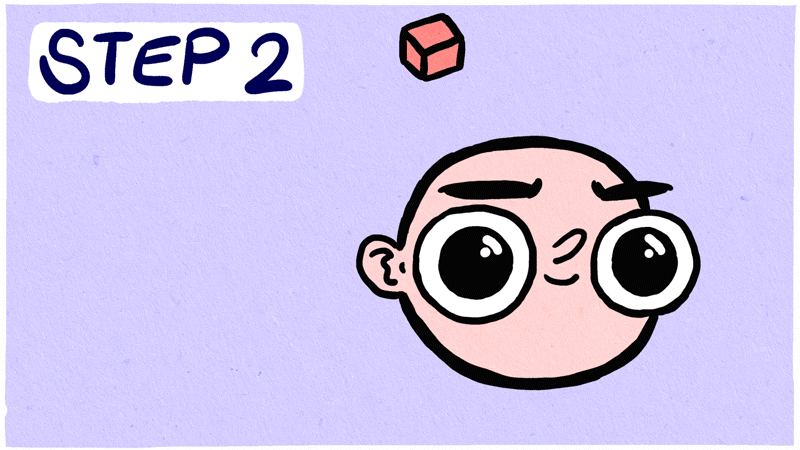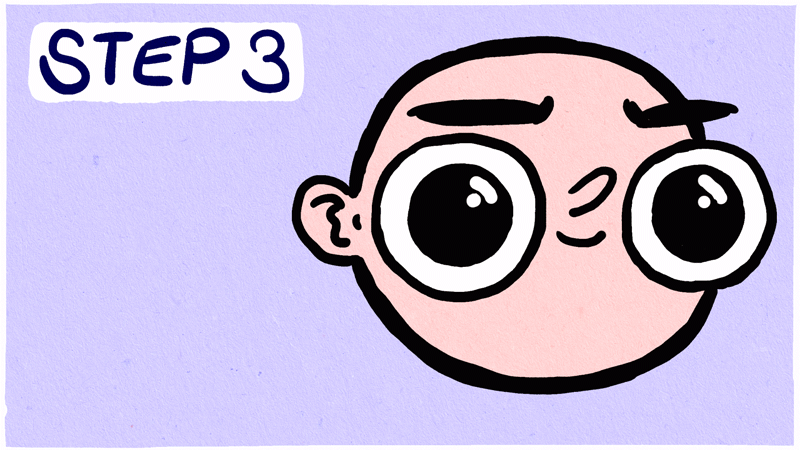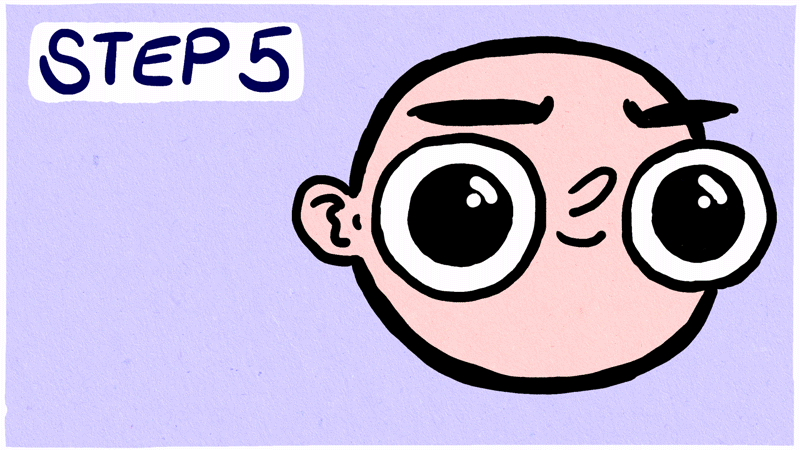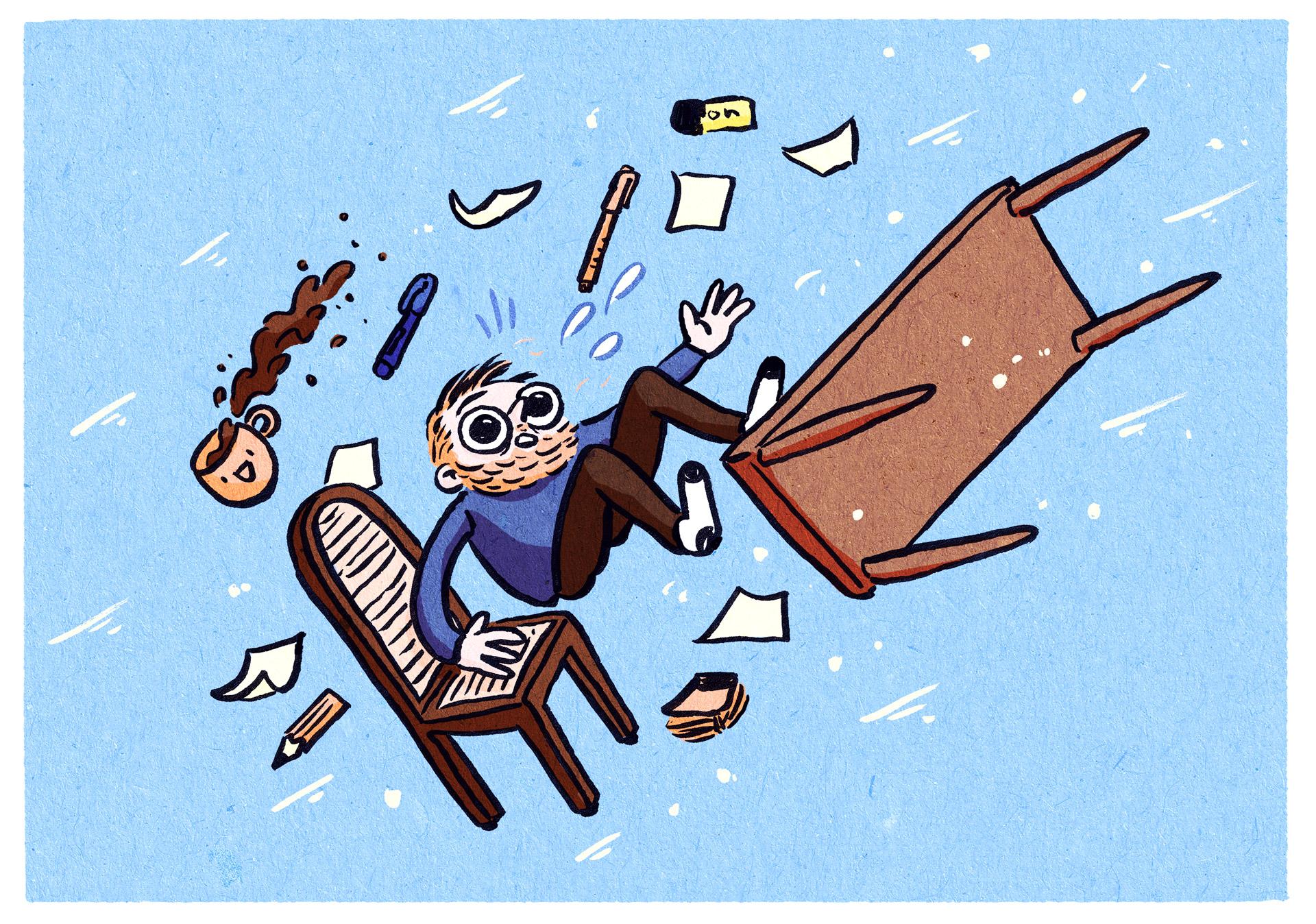
Since this blog post about is a bit longer, here are three points you’ll learn from this post:
- How to overhaul a broken work system from the ground up.
- What my old creative process looked like and how it is now.
- Why my work system had to change.
Imagine you are in a moving car and suddenly you have to get out. Why, you ask? The reason is that the car you are in cannot change its destination and you have realized that you need to go to another place. After you get out of the moving car, you expect to be able to continue your way at the same speed as before. But this is not the case, because no one can get out of a car and continue at the same pace. No, you fall at high speed on the bare ground (not fatal in this scenario), get up again after a short confusion (as you do after making mistakes), and look for a new way to get to your new destination.
This analogy applies to our own work system, as I had to experience it myself a few months ago.
For a long time, I took little time to work out most of my illustrations. 3 to 8 hours, sometimes more, rarely less. Over the past year, that has now changed. I’ve been focusing on longer stories now which I’ve always wanted to do. Most of the time I put them aside for these smaller illustrations I could produce almost daily. The problem now was that longer stories take … well … a long time. Doesn’t sound so bad at first, you might think. But that led to a change in my creative process, which meant I had to change my whole work system. To go back to the car analogy: For me, that change meant getting out of a car that was going pretty fast. And I didn’t even notice it.
A work process like an addiction
My brain learned an addiction. And it was those 3 to 8 hours of me doing an illustration. As an example, here’s how the process for my Monster Monday used to be:
I started sketching in the morning, developing ideas. A short time later, the addiction sets in: I have a good idea! The first highlight of the day. Once I have an idea, the first sketch is not far away. Then another sketch, with the light table. And then maybe another, until the drawing is ready for ink. Everything is traced with ink and most of the work is done, another highlight in my creative process. At this point, I’m in an extreme flow. Scanning, correcting the lines, and coloring the illustration is very easy after that. Because I’m in the zone and I like to get things done.
And ta-da: the illustration is done! I like it, I love it and my body is full of dopamine. Give me more!
The sense of accomplishment at each completed step in my old creative process motivated me to keep going. So was the urge to finish the whole illustration. However, when I decided to work on longer stories with correspondingly longer deadlines, this source of motivation was no longer present. The fire that had fueled me in the past was extinguished because the longer time frame for completing each step no longer provided the same sense of accomplishment and satisfaction. This change in my process resulted in a loss of motivation, and I no longer had food for the fire that fueled me.
So I had to change my entire work system. Find a new vehicle to take me to my new destination. I was mentally stressed and lost the fun in my creative work. Extreme pressure on myself led to weeks where I could barely work.
I had to find a way to make the work fun (and addicting) again. How I could be more comfortable with this new process of drawing. To do this, I had to adapt my work system.
Difference between a work system and the creative process.
The work system is a system in which you perform your creative work with the help of information, technology, and other resources. This includes work techniques (e.g., time stopping, To-Do’s, or time blocking).
The creative process is how you do your creative work. With critical thinking, you solve problems in creative ways. Simple as that. Your work system helps you do this work effectively. The vehicle of your creative process.
A step-by-step guide to an overhaul of your work system
As long as you can work, it is helpful to tinker with your work system from time to time. Regular reflection helps keep your system fresh and flexible. Where can something still be adjusted? Where are there difficulties in the work?
Big changes that involve a whole new approach or process however may require a major overhaul of your system. As was the case for me. And here’s the step-by-step guide for that:
- Realize that your system needs to be adjusted due to a change (In my case, this realization took months).
- Examine analytically how you worked. Check your creative process. What motivated you in the old process? What steps were the highlights?
- How does it differ from your current creative process? Can things from the old process be incorporated? Can you transform some of it?
- What can be a new motivator in the new work system? What can also be fun? Do your research and try to incorporate work techniques that you may not have needed before that.
- All these questions will give you insights about a new work system.
- Write down the new system you have made so it stays in your mind and you can make adjustments to it.
- Use the new system and think about how you can adapt it every day.
- Do a weekly review. What went well last week and what didn’t? Where can adjustments still be made?
With the help of this list, you can find out what your new vehicle will look like, which will take you to a different place than usual.
What helped me
What changes have I made? I’m still working on it and changing it a bit each week, but what has helped so far are the following changes:
- I have stopped tracking time while at work, which I used to do for over two years. I’m currently having trouble working through “my hours” (without client work) and the number at the end of the week stresses me out too much. Therefore keeping track of time is counterproductive right now.
- I now use Todoist (not sponsored (sadly)), which miraculously keeps me very motivated. Normally, I always wrote down my to-do lists on paper. With this app, I can intuitively enter my tasks with a date and then …. simply forget about them. This is incredibly helpful and calms me down. You can’t “forget” tasks till they are due if you are writing them on paper.
- In addition, I write down the most important thing I want to get done during each day of the week. With time tracking, I knew I wanted X working hours every day, and I knew at the end of the week if I had accomplished that. With this change, I can measure if I did the most important task every day.
- I’m trying to bring more gamification to my creative work. I no longer have my daily highlights to fuel my fire. Gamification brings me the motivation I need as I slowly approach the highlights. They’re still there, just much further apart.
- I started with time-blocking. Every morning I write on a piece of paper what blocks of work I do throughout the day. I’ve found that it gets me into the flow incredibly quickly and makes me less distracted.
- Weekly reviews on Monday morning. This is one of the best things I’ve started doing in the last few months. It’s crazy how much I forget, what is good for me. The weekly review reminds me to repeat good things and to do bad things less. It also gives me a kind of benchmark for how the week went. It motivates me and pushes me forward.
- I try to do at least 4 hours of deep work every day. I usually listen to podcasts or live streams while I draw. But I’ve noticed that I get distracted very quickly these days. So I’ve changed that, and the background noise can come back in after I’ve done 4 hours of undisturbed deep work. I even consider this a reward.
Conclusion
Every work system is different. Maybe you just need to adjust it a little, or maybe, like me, you want to get out of a moving vehicle to get to a different destination. If that’s the case, I hope I was able to help you notice it and got you some ideas on how to approach it.
Would you like to hear from me? Well, I have a funny newsletter. Currently twice a year. I try to send it out at least four times a year (I’m working on this goal). In this newsletter, I give you tips and maybe plug something (if I have something good to show). Sign up here:
